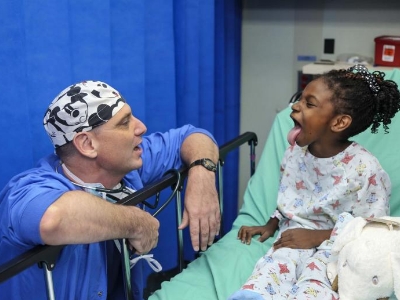Autism and ADHD

What is Autism?
Autism is also known as an autism spectrum disorder (ASD) that refers to a broad range of conditions characterized by repetitive behaviors, challenges with social skills, speech, and nonverbal communication.
Several factors might influence the development of autism, and it is often accompanied by sensory sensitivities and medical issues such as:
- Gastrointestinal (GI) disorders
- Seizures
- Sleep disorders
- Anxiety
- Depression
- Attention issues
What is ADHD?
ADHD is one of the most common neurodevelopmental disorders in childhood. It is usually first diagnosed in childhood and often lasts in adulthood. Children with this disorder may have trouble paying attention, may act without thinking about what the result will be, or be overly active.
The Relationship between Autism and ADHD
Autism and ADHD are related in several ways. ADHD is not on the autism spectrum, but they have some of the same symptoms. Having one of these conditions increases the chances of having the other. These conditions are related genetically as well. A person with autism has a bigger chance of having a close relative with ADHD.
Kids with autism and ADHD can have similar signs, some of the ways to help with one can be helpful for the other. For example, kids with both usually benefit from sticking to a routine and knowing what to expect. However, there are big differences in the type of therapy recommended for each. Treatment for autism can help with communication skills. It can also help decrease repetitive behaviors, which is one of the hallmarks of autism. The treatment of ADHD is geared toward improving attention and organization.

Symptoms That ADHD and Autism Have in Common
Here are some of the symptoms and challenges that people with ADHD and autism often share:
- Challenges with social interaction and making friends
- Learning differences and disabilities
- Sensory challenges
- Emotional immaturity
- Impulsivity – speaking out of turn and jumping up when it’s inappropriate
- Lack of focus – in ADHD, usually being distracted by external events, and in autism, being distracted by your thoughts and ideas
- Problems with executive functioning – difficulties in the ability to organize time, tasks, and projects
It is important to note that these symptoms, while they look similar, may result from different causes.
Getting a Proper Support
The first step to getting the proper support to those with autism and ADHD is getting a correct diagnosis. You may need to seek out a child behavior disorder specialist.

Treatment for Autism
There is a wide range of treatments for autism depending on particular needs. The most common treatment may include:
- Medications can help with specific symptoms such as anxiety.
- Behavioral therapy builds specific skills and reduces negative behaviors.
- Speech therapy because some people with autism have severe speech delays or no spoken language at all.
- Occupational therapy because many people with autism have fine-motor difficulties and sensory challenges that make it hard to be around bright lights and loud noises.
- Social skills therapy because most people with autism need help to learn how to interact socially, build friendships, and manage emotions.
Treatment for ADHD
Most people with ADHD are treated, at least partially, with pharmaceuticals to help lessen impulsivity and increase focus. These medications may be stimulants or non-stimulants, and the choice of treatment may depend on the age of the patient. In addition, treatments may include:
- Counseling
- Skills training
- Behavioral therapy, since behaviors related to ADHD, are somewhat different from those related to autism but can also cause serious problems in school or at work



